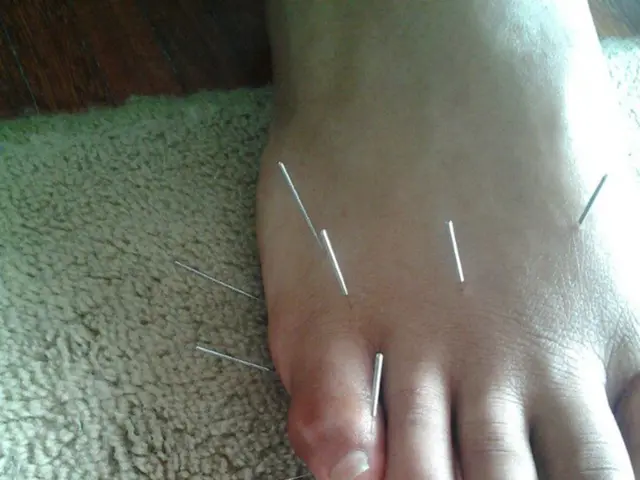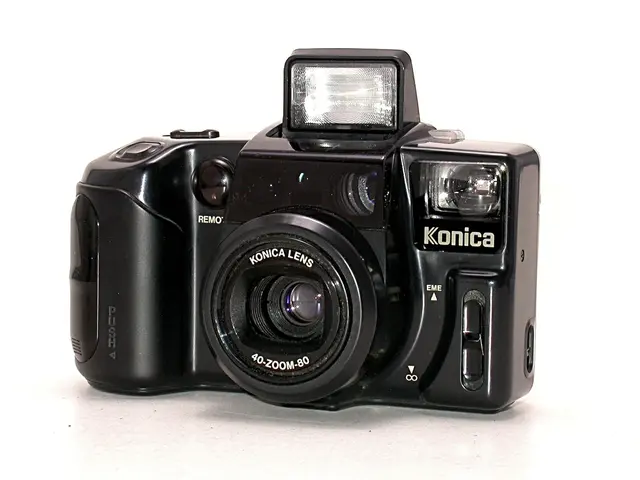Exploring Various Minimally Intrusive Procedures for Spinal Surgery
In the realm of medical advancements, the field of spinal surgery has seen significant progress, particularly in the development of minimally invasive procedures. These techniques offer a promising solution for those suffering from chronic back pain.
Spinal fusion, a surgery that joins two or more vertebrae together to eliminate movement and alleviate pain, is often used to treat conditions such as degenerative disc disease or spinal instability. There are different approaches to spinal fusion, such as PLIF (posterior lumbar interbody fusion) and TLIF (transforaminal lumbar interbody fusion).
For those seeking a less invasive option, minimally invasive surgeries feature smaller incisions and reduced risks. One such procedure is microdiscectomy, a surgical procedure used to treat herniated discs that put pressure on nerves. This treatment offers immediate pain relief for conditions like sciatica.
Artificial disc replacement, another minimally invasive technique, is used to treat severe lower back disc degeneration. In this procedure, an artificial disc that functions like a natural one is placed in the position of the damaged disc. Unlike spinal fusion, which prevents movement between the vertebrae, artificial disc replacement preserves spinal flexibility and mobility.
Laminectomy, a surgical procedure that involves removing part of the vertebrae's lamina to relieve pressure on the spinal cord or nerves, is often used to treat conditions such as spinal stenosis or herniated discs that are causing nerve compression.
The recovery time for spinal fusion is usually longer than other minimally invasive procedures, but it can greatly improve the quality of life for patients. On the other hand, the recovery time for artificial disc replacement is shorter than for standard fusion surgeries.
Understanding the differences between PLIF vs. TLIF can guide patients in choosing the most appropriate approach based on their specific conditions and anatomy. Similarly, consulting a doctor can help explore how minimally invasive techniques can help with chronic back pain.
Minimally invasive spine surgery promotes faster healing and less pain. This is achieved through the use of smaller incisions, which minimise damage to surrounding tissue. Additionally, minimally invasive techniques enhance safety and streamline recovery. The procedure involves using screws and rods to stabilise the spine.
In Germany, the most common applications for minimally invasive spine surgeries include treatment of herniated discs, spinal canal stenosis, nerve root canal narrowing, vertebral fractures, degenerative changes (wear and tear), spinal deformities, and chronic back pain, often performed after conservative treatments fail.
Artificial disc replacement works best for people whose spines are healthy overall and who want to avoid fusion. For those with conditions such as degenerative disc disease or spinal instability, spinal fusion may be the more appropriate choice.
In conclusion, minimally invasive spine surgeries offer a promising solution for those suffering from chronic back pain. Whether it's spinal fusion, microdiscectomy, artificial disc replacement, or laminectomy, understanding the options available and consulting with a medical professional can lead to a significant improvement in mobility and comfort.
Read also:
- Experiencing Life's Variety Firsthand: Gaining Insights from Life's Broad Spectrum of Experiences
- Impact of Complex Post-Traumatic Stress Disorder on Romantic Relationships: Symptoms, Causes, and Precautions
- Strategies for Keeping Work Reasonable and Rewarding for those with Autism and ADHD
- Impaired Driving Awareness Campaign Announced by MADD Under the Name "End Herre"








